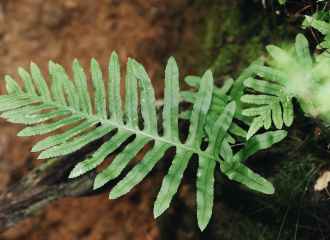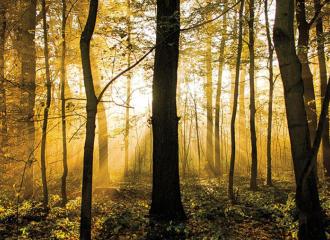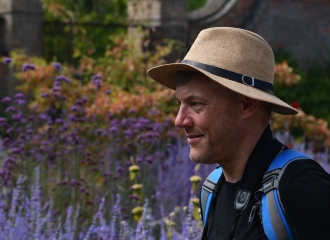Changing the Landscape of Conservation
We use high-resolution remote sensing to understand how forests are responding to global environmental changes including logging, land management and climate change, addressing key issues in ecology and conservation.



